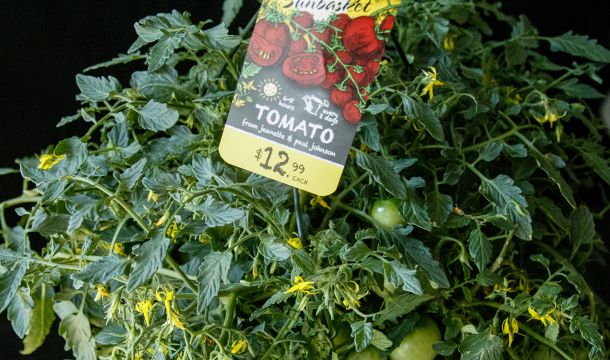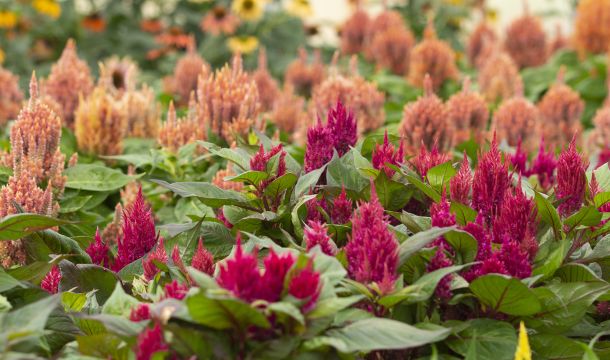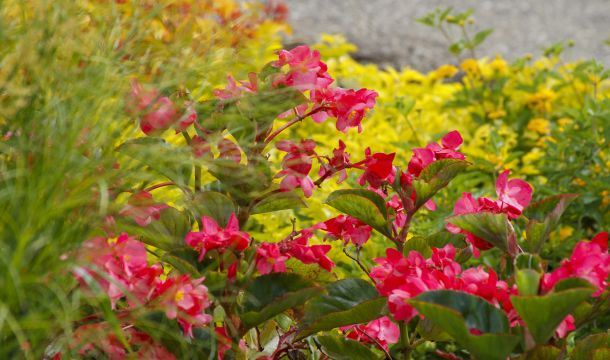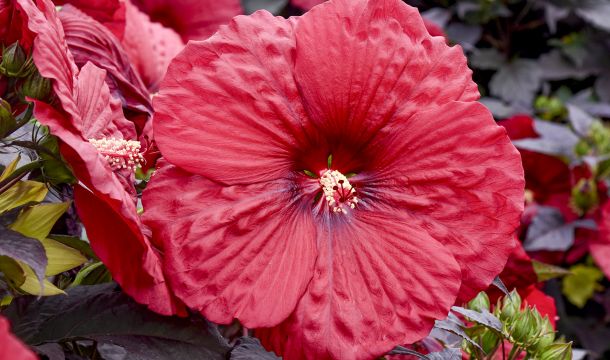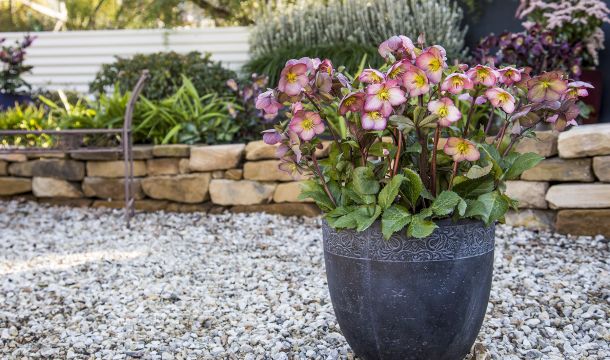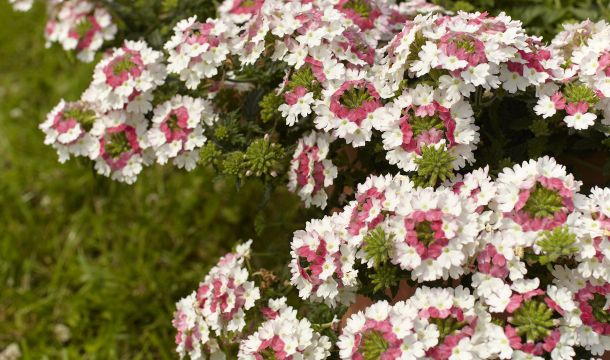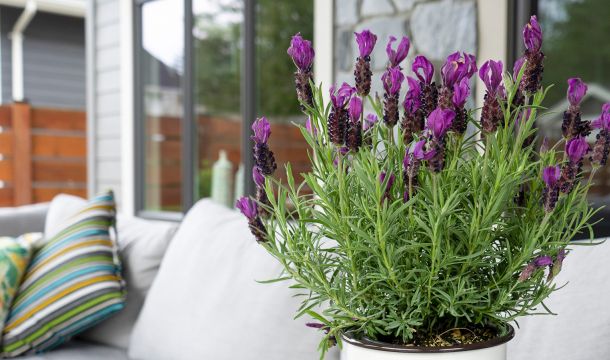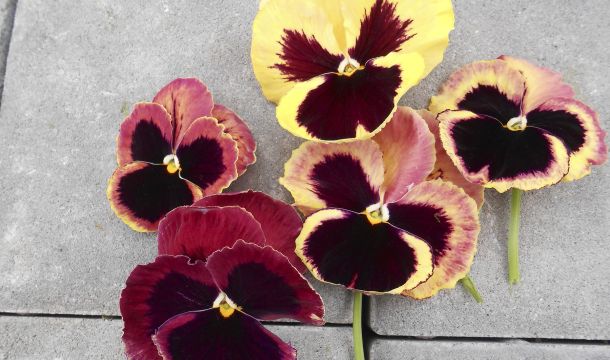Deer Shifting Your Inventory
Deer populations ebb and flow, putting pressure on many neighborhoods. This is especially true in the garden-rich suburban ring that surrounds most urban centers. Deer pressure subsequently impacts garden center revenues as gardeners abandon old favorites in search of deer-resistant substitutes.
Deer shifting, then, is an important skill a modern garden center can use to forecast and manage plant inventory. Adjusting the numbers involves more than simply crossing names off a list. Deer shifting is more nuanced, shaded in gray, and greatly helped by an appreciation of how deer choose their meals.
So, I am a tomato enthusiast. About a decade ago, I grew a big garden of tomatoes one summer to see what happens. Deer happens, it turns out. I developed a Wiley E. Coyote relationship with a particularly smug fellow. One year, I reviewed my efforts to defeat him with my next door neighbor. "What's a plan without a rocket?" he observed. I see his logic so clearly now. Success is just a page away in the Acme catalog. I just have to find the right page.
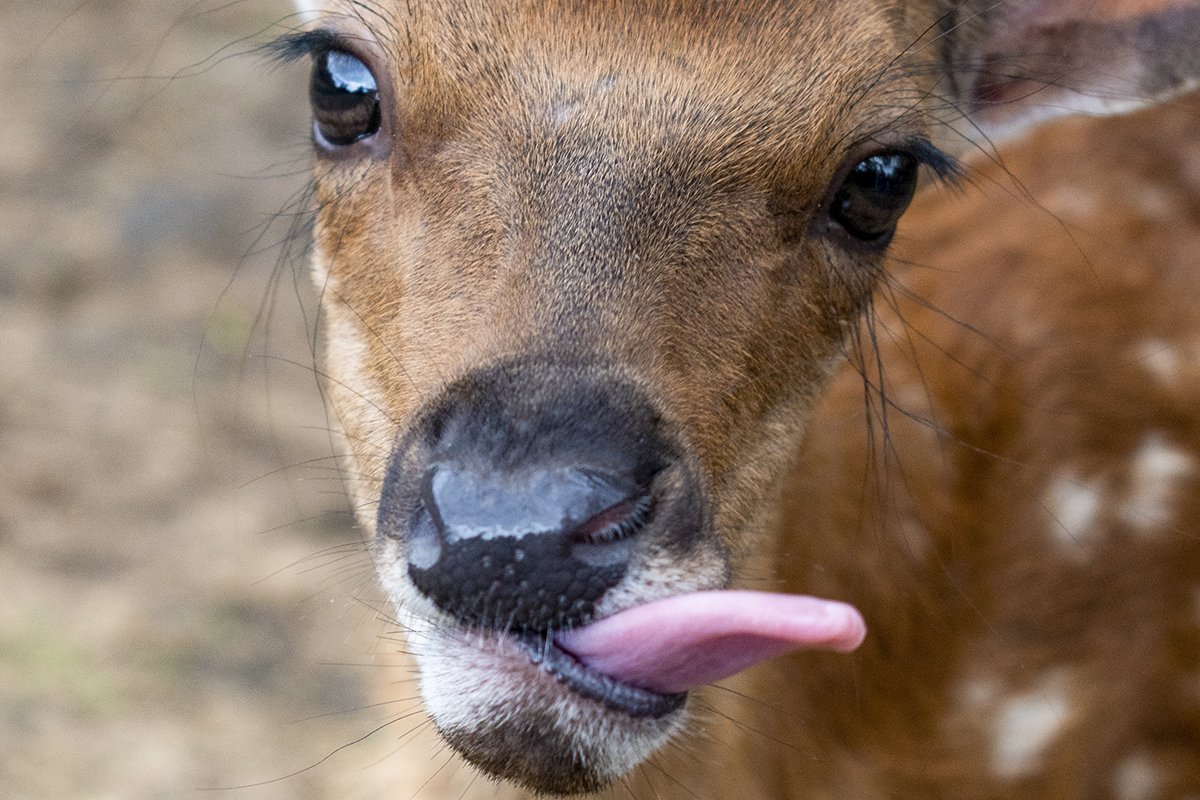
Nip, Nip, Step, Step
Deer are browsers and wanderers who nibble and eat while on the move. They’ll take an initial bite out of nearly anything to see if it’s worthwhile, so a small chunk of a plant missing is not cause for worry. Sustained eating is what destroys. If that first bite is soft, delicious, and salad-like, deer linger for more bites before moving on to the next yard.
Regional Cuisine: It may surprise you, but deer have regional favorites based on seasonal timing and popular local varieties. Adults also teach their young what to eat. Fawns follow the does, watching. When a fawn bites into daffodil leaves, for example, that's a learning moment for them. It’s important to resist fixating on nibbles here and there because they are rarely repeated. Sustained plant damage is what causes sustained revenue damage, but the deers’ favorite plants vary from region to region.
The Tasty Stuff: Some rules of thumb are pretty universal. If a plant is soft, tender, and an easy chew, deer will probably like it. Pansies and walleriana impatiens, for example, are like lettuce to them. Daylily, phlox, hosta, tulips, tomato tips, and cucumber leaves also have that green goddess goodness. Basically, if the leaf pinches off easily between your fingers, then the plant has the softness and taste to make it a favored dish for the deer.
Deer cuisine is shaped by seasonal changes, but also by popular choices made by neighborhood gardeners. Deer remember patterns and return to reliable sources even if they appear for only short periods of time.
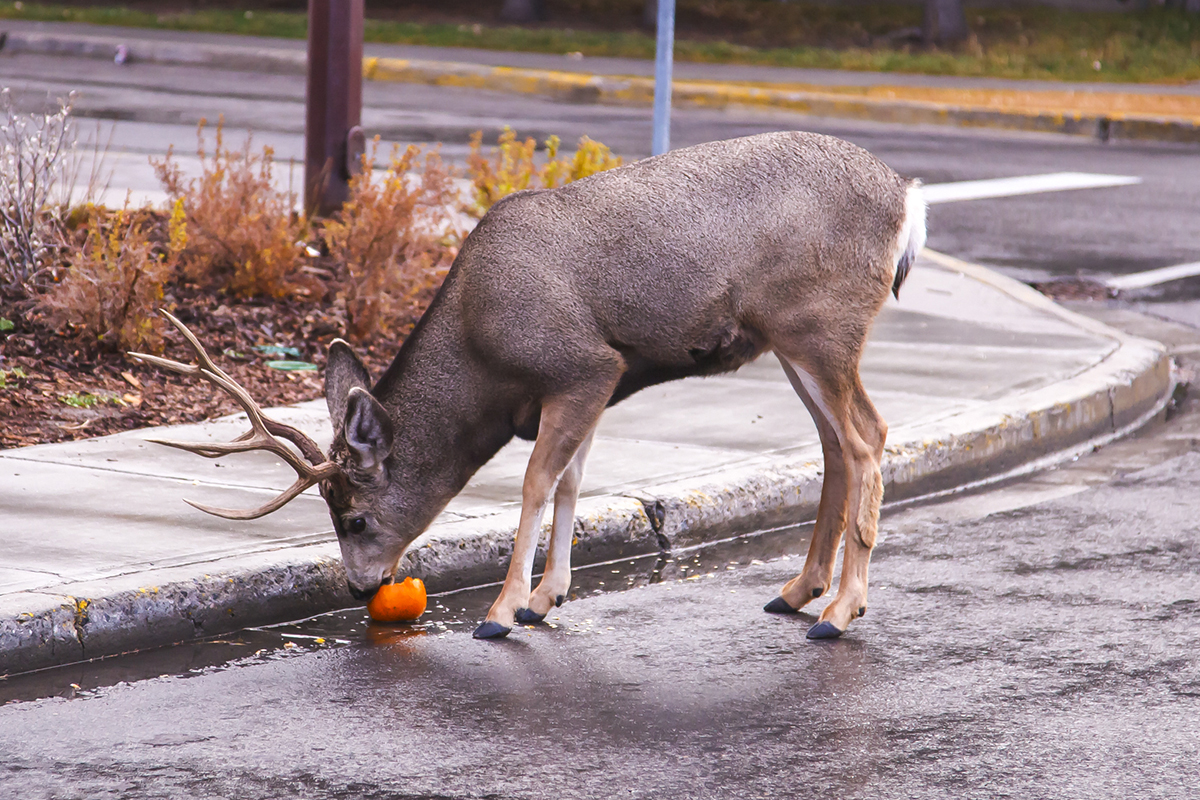
Shift to Traits That Discourage
Your best resource is the staff managing the cash register. Customers comment on deer damage as much as they do the weather, and they usually name names. If you keep track, you can sort the plants deer avoid into five buckets:
Smelly: Strong odors like herbal and citrus scents do not appeal to deer. When their muzzles are down, their eyes are up looking for danger. Their lips grope around the plant, and heavy scents throw them off. Even if a plant’s smell is not immediately apparent, the fumes waft up as the deer chew. Think agastache, achillea, allium, lavender, monarda, nepeta, oregano (ornamental or herbal), sage, and thyme, plus annuals like angelonia, lantana, salvia, and verbena.
Fuzzy: Hairy, scratchy, or prickly leaves feel like a mouthful of cotton balls. It’s disconcerting when perfectly good salad-style leaves are nearby. Desperate deer might give fuzzy plants a chew but more often they’ll move on to the easy stuff in the next garden. Examples in this category are artemisia, brunnera, buddleia, coleus, gaillardia, lamium, pulmonaria, spiraea, stachys, and viburnum.
Thorns on branches don’t count. Deer have nimble lips, so they can nip-nip-nip the edible leaves and blossoms off many a poor rose, leaving the prickly stems behind.
Deer teach the next generation through examples. Fawns will watch which gardens the adults browse, but they also learn by nibbling everything. They take a test bite out of everything once in their life, but linger over the tasty stuff. This habit lasts a lifetime.
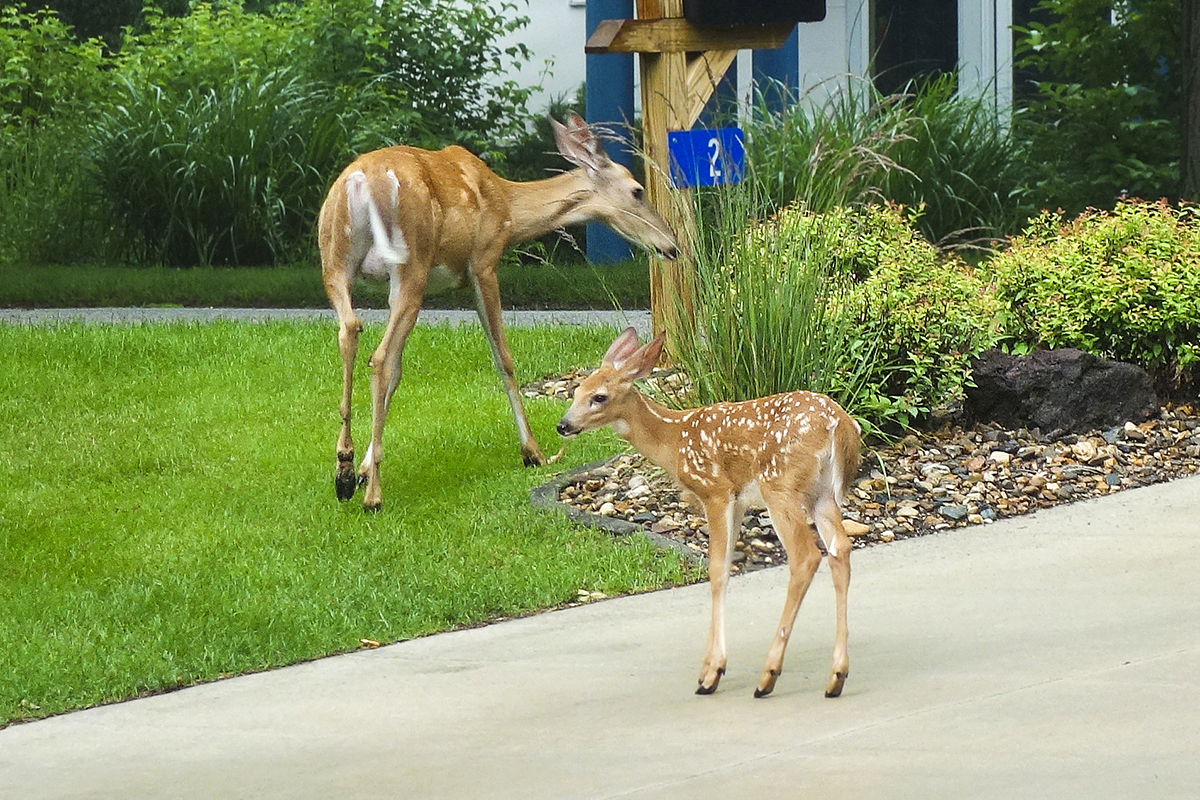
Poisonous: A common tip-off for this category is milky sap when a twig or leaf is snapped; the sap repels deer because it has a foul taste. Poisonous plants include aconitum, asclepias, some azaleas, daffodil, dicentra, digitalis, nicotiana, euphorbia, helleborus, iris, lantana, nerium, peony, some rhododendrons, ricinus, wisteria, and yew.
Finely-Textured: Some plants have such a poor nutritional payback that they’re hardly worth the chew, like grasses or the wispy flowers of baby’s breath. Deer would need to eat way too much of this stuff to make a dent in their daily calorie load. Plants in this category include amsonia, clematis, coreopsis (especially the thread-leaf varieties), dianthus, deutzia, lots of ferns, forsythia, juniper, polemonium, rhamnus, and vinca.
Tough: Fibrous leaves and stems keep deer away because they are too much work to remove from a plant, like the tough asparagus stalks left on your holiday dinner plate. Astilbe and epimedium are good examples.
Deer get surprisingly close to houses. Even homes with dogs can be approached if they are let out with a regular pattern. Notice this deer is eating higher, older leaves, but the coat is scruffy and leg is bony. It's a clue that times can get tough, even in the summer, and it is scrounging harder for a bite.
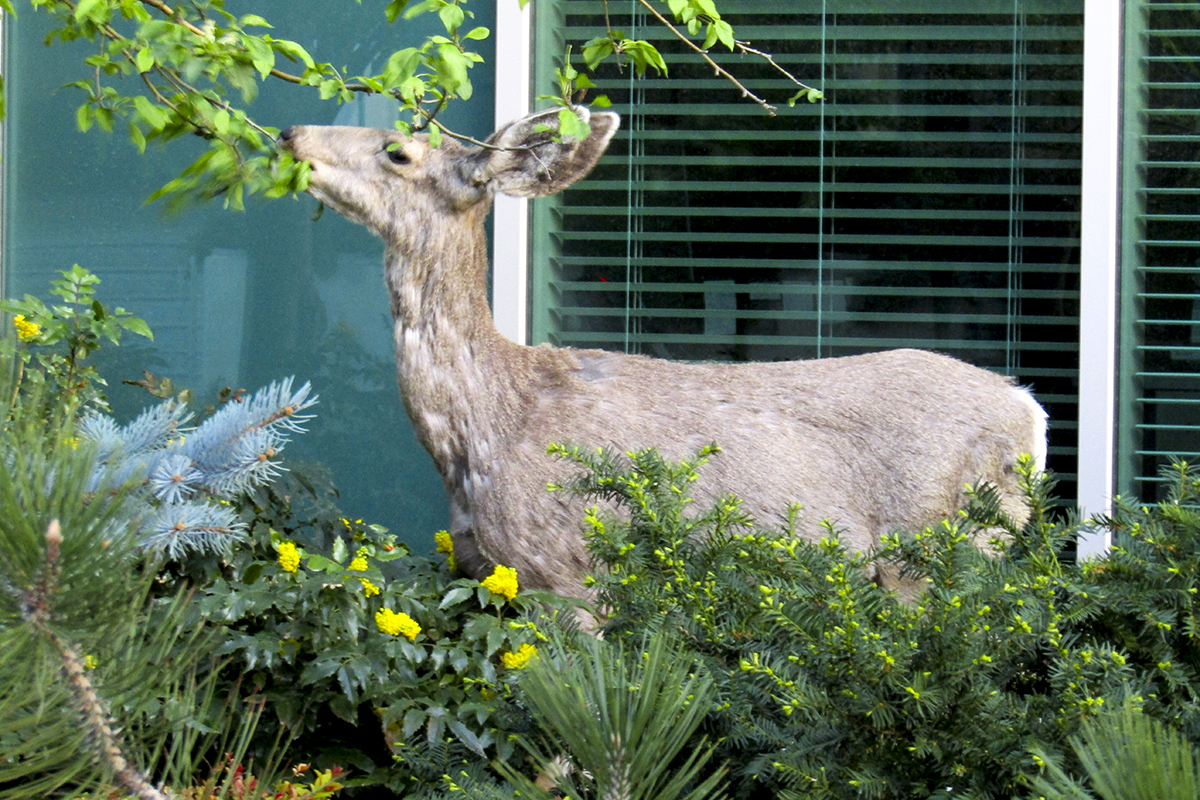
Design to Shift the Deer Away
Once you know the deers’ habit in your area, you can also advise customers with garden techniques to minimize and conceal the chomping. Rather than symmetrical patterns try casual, irregular configurations. Drifts, instead of stands of one or two plants, can hold up better to occasional deer snacking without it ruining the whole display. A nip out of 20 is less noticeable than a nip out of two.
Note the path of the deer through the property and place trees or shrubs in their way, forcing them to navigate away from the tasty plants. If you prefer symmetry in your designs, turn to hardscape elements like pavers or statuary to hold the lines.
It’s an interesting quirk, but deer don’t raise their heads very often. This is why hanger-based products of impatiens and other deer tenders continue to sell well in areas with large deer populations. They are too high to be noticed until the deer are really scrounging.
This happens to a lesser extent with corners and pockets when times are good. Deer often walk past the corner of a house and pass up tasty treats because they just don’t look back—always forward.
If you need a formal directory, Rutgers University maintains the best national listing of deer-resistant plants. They classify hundreds of plants—annuals, perennials, and shrubs—in a grading system of A through D, which best reflects the likelihood of sustained deer chewing. Go to https://njaes.rutgers.edu/deer-resistant-plants/
Suburban deer are actually more abundant that rural deer. Suburbs are packed with open spaces like cemeteries, parks, bridge spans, riverines, alleyways and all sorts of greenery. Home gardens offer fine dining, but deer find calories in volume in these big grassy places.
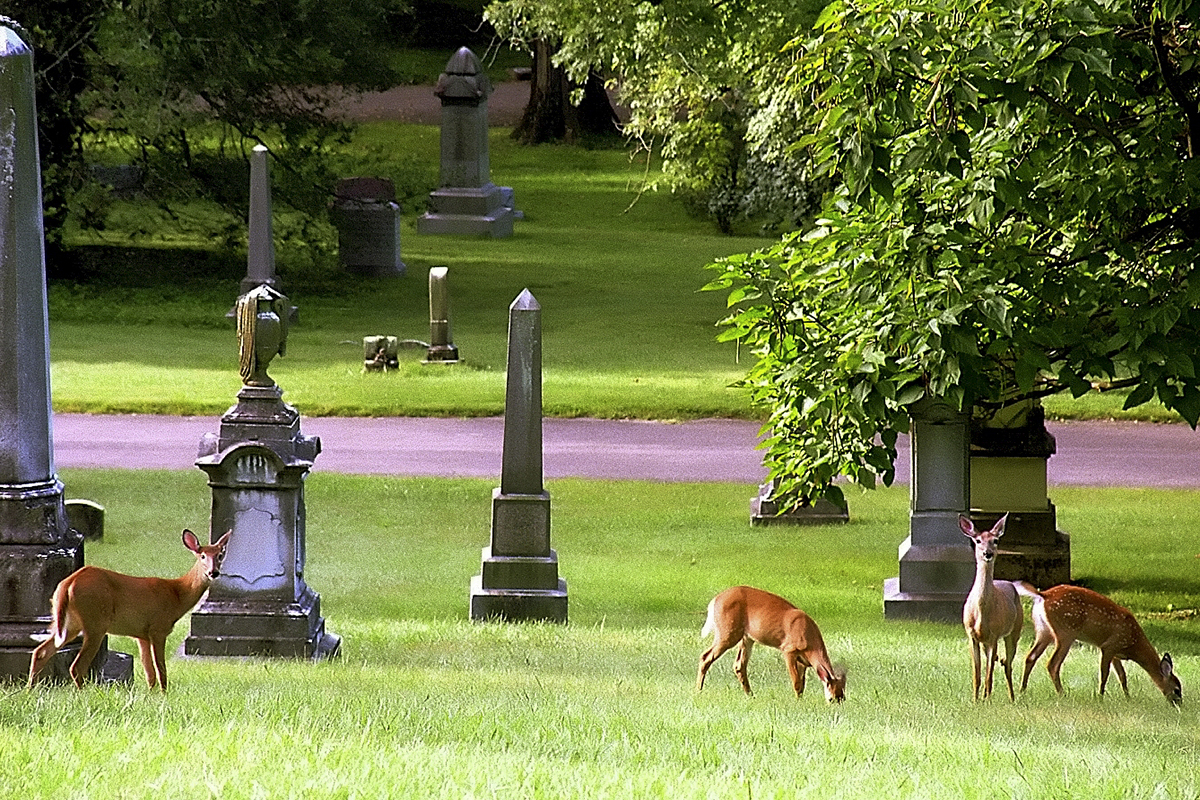
Popular Articles
